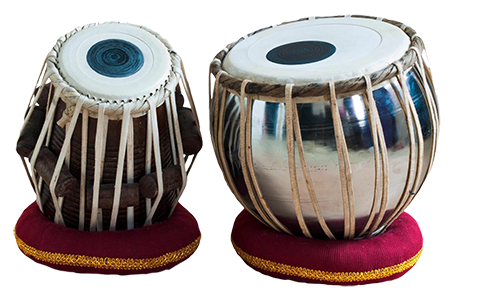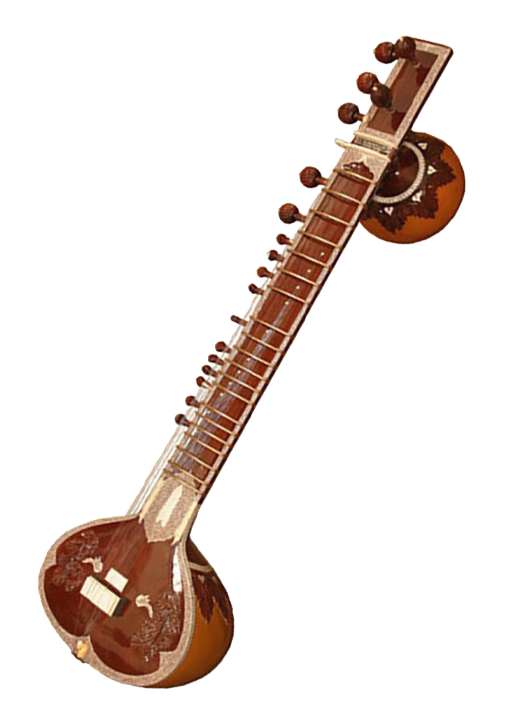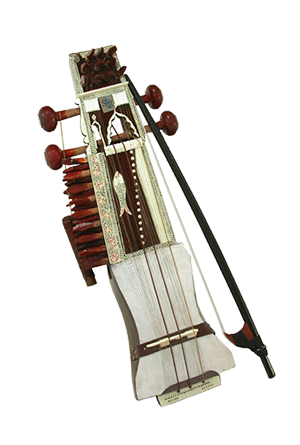Who is Amir Khusrow Balkhi?
Amir Khusrow, the son of Amir Saifuddin Mahmud, was born in 651 AH/1253 AD in Delhi or Patiala, India, and according to a legend, in the Sangcharak region of Balkh Province, Afghanistan.
Amir Khusrow's father was one of the chiefs of the Balkh tribes, who migrated from Balkh to Delhi, India, due to the Mongols' attack, and there he married to the daughter of Nawab Imad ul-Mulk, one of the Indian chiefs and ministers from Delhi. He was finally killed in a war with his enemies.
Amir Khusrow became a disciple of Sayyed Nizam ul-Din Auliya and remained loyal to him until the end of his life. He also learns music lessons from his teacher, Nizamuddin Auliya, whose last lesson was Raga Poorbi, in which the reciters now recite the Qur'an.
This outstanding literary and artistic figure is also one of the pioneers of the Chishtiyyah Tariqat, and in order to promote the Chishtiyyah Tariqat, he invented Qawwali style in classical music so that the singers and followers of this way can sing mystical and religious poems with the accompaniment of instruments, and worship in the monasteries. They are both ecstatic and enjoy and at the same time compete with the Brahmins who used to sing Bajan (a kind of Indian religious music) in their temples.
This great poet and musician, by creating the bases and inventions in music, has mixed and connected an important part of the cultural and human geography of yesterday and today, especially in the area of Persian speakers and the Indian subcontinent.
Amir Khourow Balkhi's innovations in music
1: Creation of notes of eastern music and its meaning:
Sa-Re-Ga-Ma-Pa-Da-Ni
(Sa): means firm determination, steadfastness
(Re) or (Ra): God, remember your God
(Ga): Sing
(Ma): Avoid arrogance
(Pa): purity from hatred, envy, jealousy and...
(Da): Avoid material things
(Ni): Be humble
2: The invention of musical instruments such as:
{Tabla} a percussion instrument consisting of two drums that are tuned to musical notes and each has a pitch.


{Sitar} is a beautiful instrument which is call King of Strings by musicians
{Sarangi} a stringed instrument played with a bow.

{Sitar} is a beautiful instrument which is call King of Strings by musicians

{Sarangi} a stringed instrument played with a bow.

